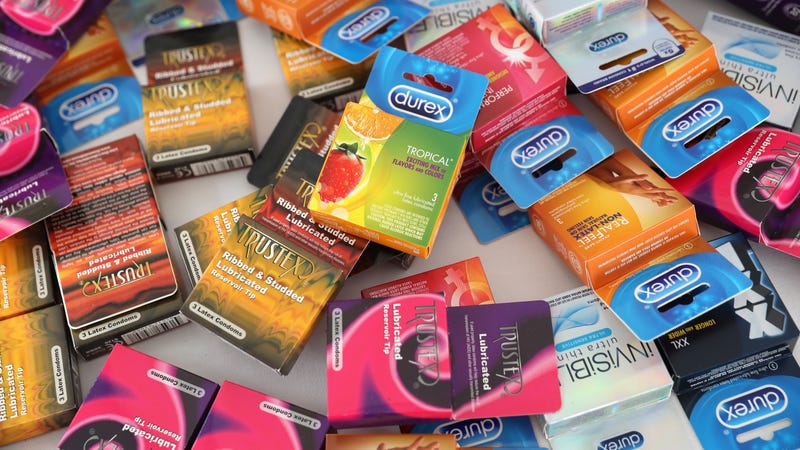 Photo: Chris Jackson Pool (Getty Images)
Photo: Chris Jackson Pool (Getty Images)
Sexually transmitted diseases are running rampant across the U.S., according to a new report released Tuesday by the Centers for Disease Control and Prevention. It found there were more than 2 million cases of the three most commonly reported STDs—syphilis, chlamydia, and gonorrhea—in 2016, making for the highest toll ever recorded. The overall STD rate, meanwhile, increased for the third straight year, continuing a steady slide backward from record-low rates seen not long ago.
Chlamydia continued to hold the ignoble top spot. There were around 1.6 million reported cases in 2016, amounting to a 4.7 percent rise in the rate of cases per 100,000 people from 2015. There were nearly 500,000 cases of gonorrhea, which accounted for a 18.5 percent rise in the rate per 100,000 people from 2015. Lastly, there were 27,814 cases of primary and secondary syphilis (the most infectious stages of the disease), representing a 17.6 percent rate increase.
The rates of some STDs in the U.S. have been historically much higher, particularly syphilis. And some of the increase seen over the past two decades likely represents better detection and screening, rather than a true increase (chlamydia, for instance, only started being tracked nationally in 2000). But the current numbers are a sign that we’re doing worse.
“Increases in STDs are a clear warning of a growing threat,” Jonathan Mermin, director of CDC’s National Center for HIV/AIDS, Viral Hepatitis, STD, and TB Prevention, said in a statement. “STDs are a persistent enemy, growing in number, and outpacing our ability to respond.”
In 2000 and 2001, for instance, rates of syphilis reached a record low, raising hope the disease could soon be eradicated completely in the U.S. But the 2016 rate is the highest seen since 1993. And the rise of gonorrhea is especially worrying, because doctors are starting to see cases that are completely resistant to the only two front-line antibiotics we have left against it.
These figures just represent the tip of the STD iceberg. Diagnosed cases of syphilis, chlamydia, and gonorrhea must be reported to the federal government, but oftentimes, people can have an infection and never show any symptoms. And other common STDs such as genital herpes, HPV, and Trichomonas vaginalis, or trich for short, aren’t nationally notifiable, so we know less about how frequently cases happen. (Other diseases that can be spread sexually, such as HIV and viral hepatitis, are nationally notifiable, but their annual numbers are detailed elsewhere and are not included in this CDC report.)
In total, the report notes, it’s estimated there are around 20 million new STD cases seen annually in the U.S., while 110 million adults are thought to be living with a sexually transmitted infection at any one time.
Not every demographic is equally likely to contract an STD, though. People between the ages of 15 to 24 are thought to represent around half of all new cases caught annually. Men, especially men who have sex with men, remain the most at-risk for many of these STDs, but young women had the majority of chlamydia cases. Black people, too, are disproportionately affected. With chlamydia alone, for example, black people were eight times more likely to be diagnosed than were white people in 2016. Some states, including Louisiana and Mississippi, had much higher rates of all three STDs.
The bright side is that there are clear ways to prevent STDs, such as practicing safe sex and regular screenings. Ensuring that people have the resources needed to get quickly treated with antibiotics once their case is caught is important too, since untreated STDs can lead to infertility, pregnancy complications, and an increased vulnerability to other STDS, including HIV.